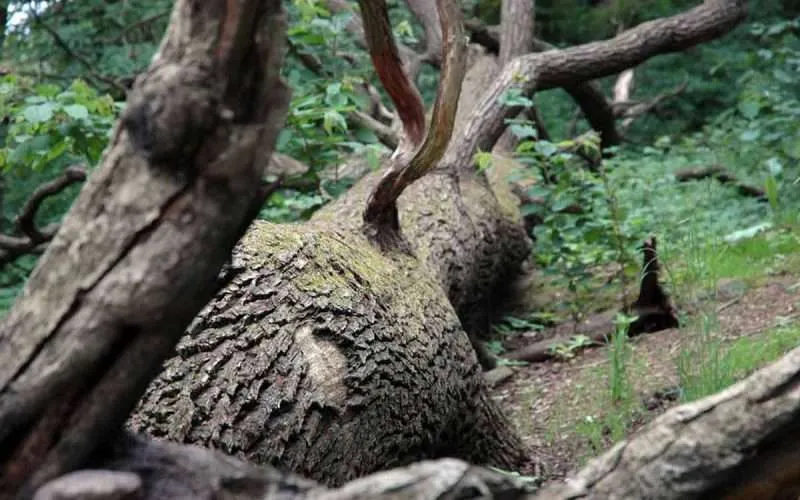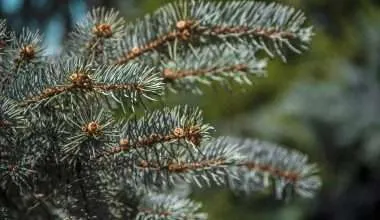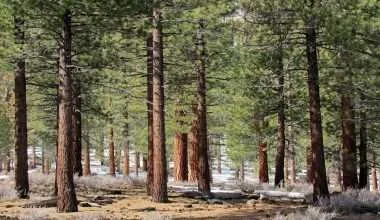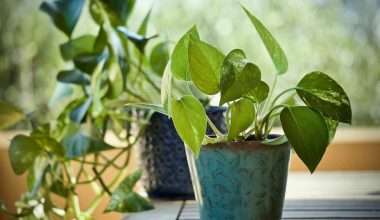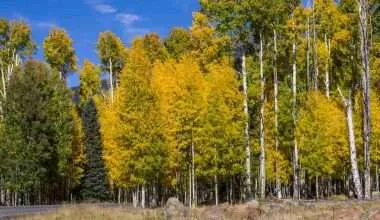Table of Contents Show
Seeing your favorite oak tree suddenly begin to lose its bark can be disturbing. At this point, you could be forgiven for thinking that something was definitely very off here.
Merely wondering why the bark falling off of your oak tree is not enough. You need urgent solutions here.
Well first off, oak trees with their barks falling off doesn’t naturally have to portend the tree’s death. There could be many reasons why your oak tree is losing its bark.
Some of them are obviously related to the fact that the tree is sick and needs looking after. Yet, there could also be some completely innocent reasons to explain why your oak is losing its bark.
Understanding Oaks
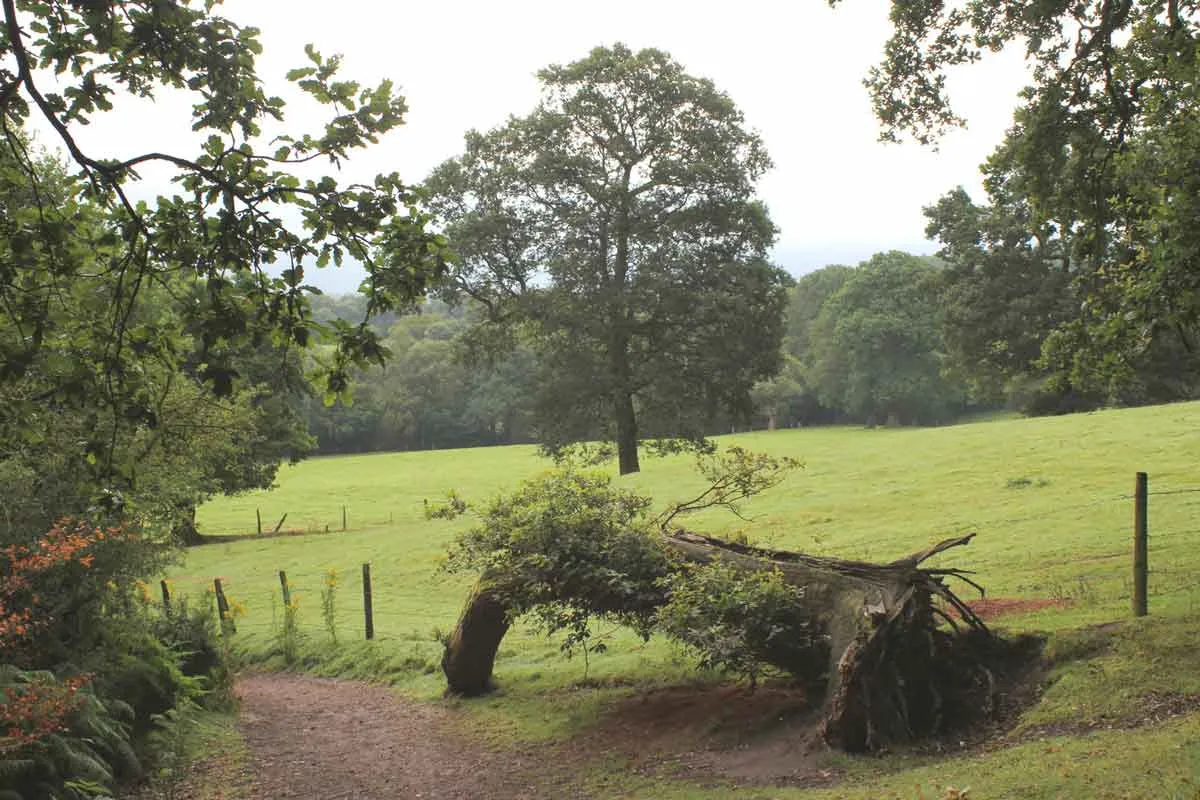
Before proceeding further, let us try to understand oak trees. Part of the Quercus family of trees, the oak is universally famous. In many cultures, it has come to symbolize abundance to all living beings.
Oak trees are almost synonymous with acorns, the fruit that they produce. In fact, a single oak can produce up to 1,000,000 acorns in its lifetime.
The oak leaf is lobed, giving it an uncanny resemblance to human hands. Especially from those parts of the leaf where it has rounded or pointed projections coming out of the oak leaf.
Both the leaf as well as the bark of the oak tree help to identify it’s type. Oak trees have two types: the red oak tree and the white oak tree.
Type 1: Red Oak Tree
The first type of oak tree, or the red oak tree is also known as Quercus Ruba. Any leaf of the red oak tree is more pointed in shape.
Acorns are bitter and take two whole years to mature. The bark of the red oak tree also has a smoother appearance.
Type 2: White Oak Tree
The second type of oak tree is the white oak tree. It is also known as Quercus Alba. Any leaf of the white oak tree is more rounded in shape rather than possessing pointed projections.
The acorns of the white oak tree are sweeter. Moreover, they are able to mature in a single year once. The bark of the white oak tree, though, has a tougher, more rigid-looking appearance.
Judging the tree’s bark
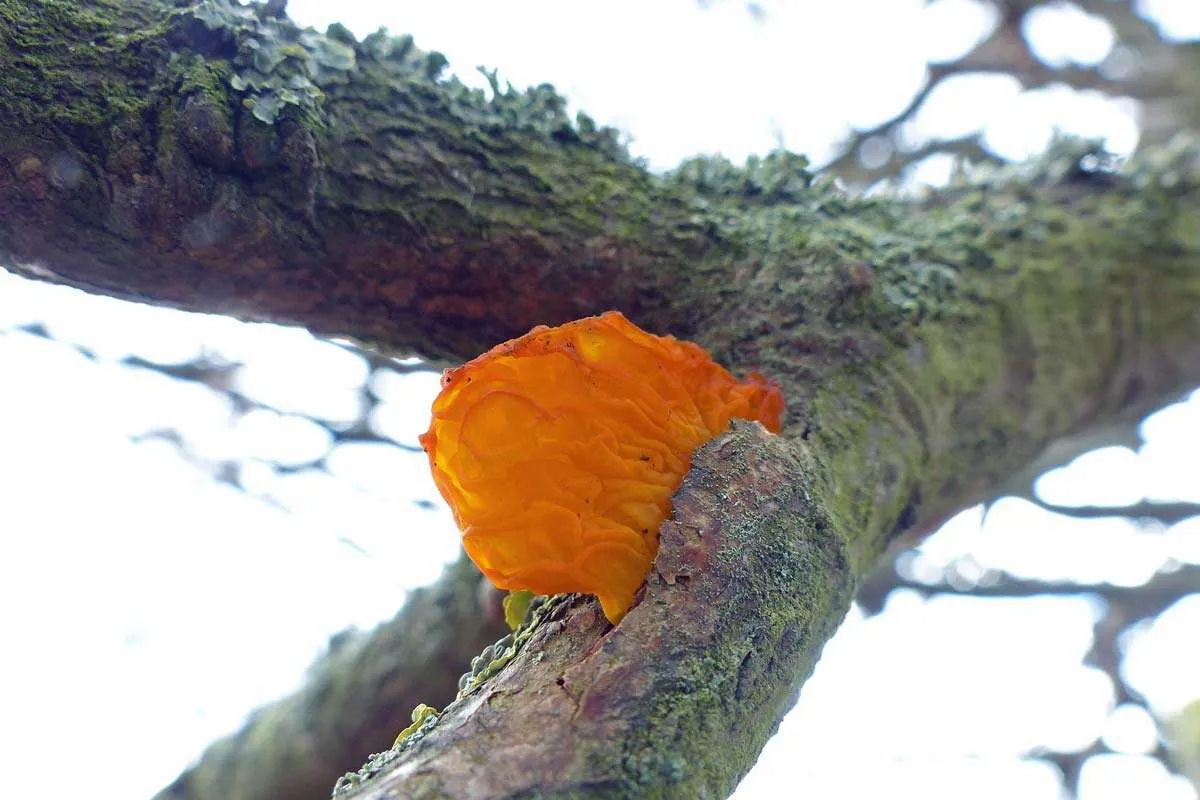
If Shakespeare could tell a book from its cover, there is no reason why you cannot tell an oak tree from its bark. Here’s what you need to look for:
Oak tree barks are strong and durable. These barks help make oaks some of the world’s most stable trees. First off, looking at the bark of the tree, you can decide whether it is a red oak tree or a white oak tree.
Barks of the white oak tree are a light gray in color. Meanwhile, the barks of the red oak tree are a lot darker… almost black in color.
And speaking of barks, the Black Oak Tree may almost be considered the third category of oak trees found in the world. The bark of this tree is orangish-yellow inside.
That is different from the bark of the red oak tree which has a red tinge on the inside part of its bark. Nevertheless, Black Oaks are still considered part of the red oak tree family.
Generally speaking all oak trees may also be distinguished by the distinctively ridged look of their bark. It appears to have a very decided fissure on its bark as compared to other trees. Barks develop a rougher look as the tree ages.
While there are hundreds of oak trees out there, all divided into either one of the two types, there is one constant. Their bark is one of the most distinctive and useful ones in the animal kingdom.
5 Causes of oak trees losing bark
Given its extreme importance, the last thing you’d like to see is your oak tree developing an unhealthy bark.
Here we will explore why the bark on oak trees in your backyard are constantly falling off. Do remember that the reason why your oak bark is falling off could be as simple as the weather changing to something wildly drastic such as the death of the tree.
Must this be expected?
Obviously one of the first observations at this point would be to wonder whether it is okay for your oak tree to lose its bark?
It is essential to understand that for many related trees such as maple or birch, a peeling bark is considered part of their charm.
For oaks that develop in the inside-out manner, a lot like pine trees, maple and ash, this is an indication that the tree is maturing in a healthy manner… As the older bark falls off, the new layer of bark is able to take its place.
That said, there is still a chance that the peeling bark could be indicative of something being wrong with your tree. Read on to find out if any of the following symptoms apply to your oak tree.
1. Changes in weather conditions
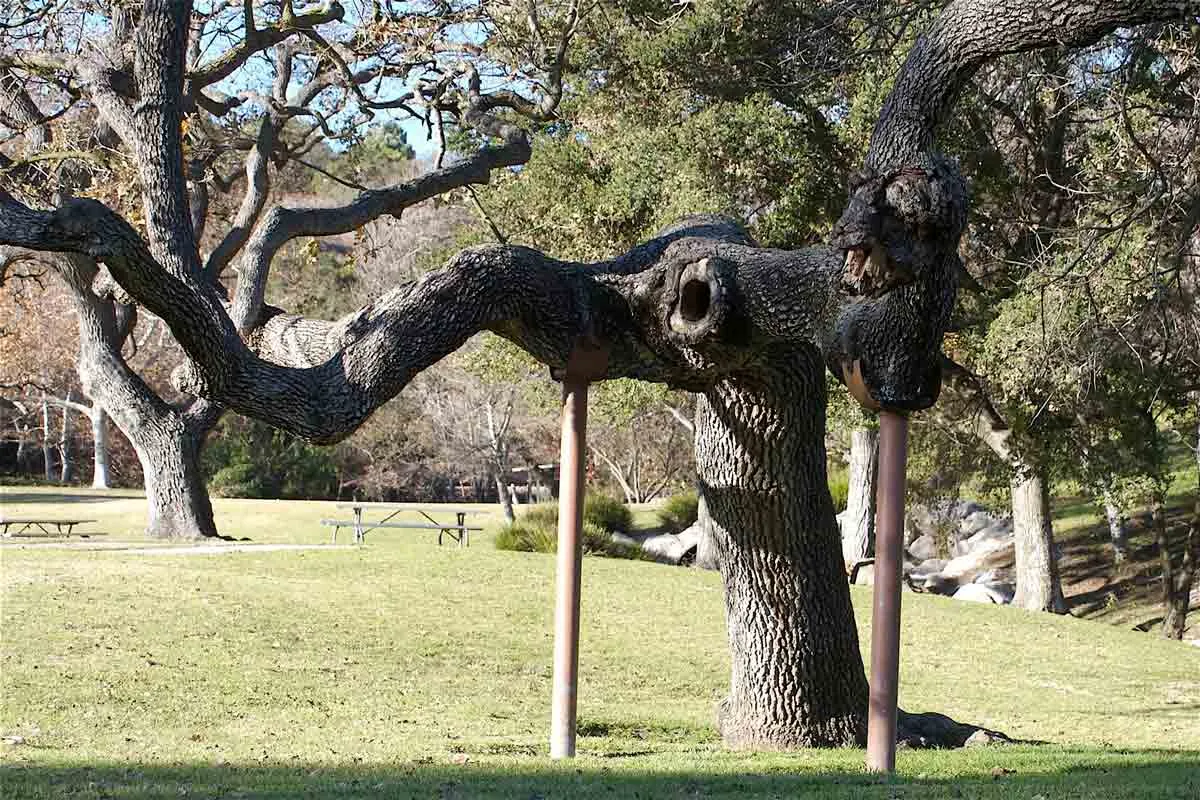
Trees losing their bark is normal. That is especially true of evergreen trees from the genus Quercus or oak tree family.
So anytime when you have a frost for instance, you will see the tree lose its bark. This usually happens on the south or southwest side of the tree where the bark may begin to peel.
Likewise, too much heat can also cause bark loss so that the wood of the tree’s trunk is exposed to the elements. In either case, this is not something very serious, or extremely worrying.
2. Indicative of an unhealthy tree
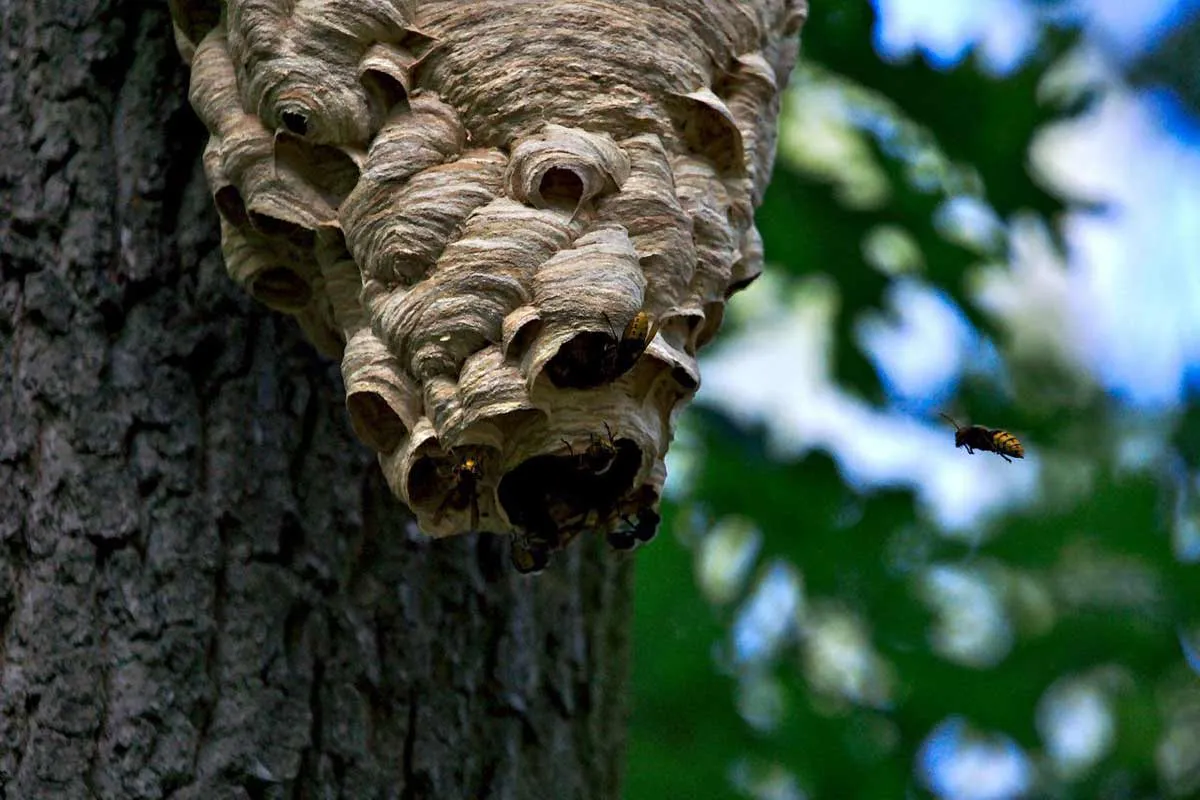
Barks do fall off unhealthy trees though which is why you shouldn’t shrug off loss of your oak bark. Instead, continue to check for the following symptoms to ensure that your tree does not lose its bark and die.
For an unhealthy tree, the falling bark could be a sign that the tree may be suffering from a fungal disease. Known as Hypoxylon canker, this is one fungal disease that has severe adverse effects on hardwood trees.
In this case, it is best to carefully check the wood exposed after the bark has shed. If the wood looks like it has fungal growth on it, then it is most probably suffering from Hypoxylon canker.
Another indication of a fungal disease is to check if, in addition to peeling bark, the leaves are also prematurely turning yellow. Should the leaves and branches look brittle and appear to be wilting, then it is time to take steps to save the tree from this disease.
Solution
So what should you do at this stage? Should you just give up on your precious oak and leave it to die? Certainly not!
You have two options at this stage. The first is to call in a professional and have them look into the idea of vertical mulching for the oak.
Vertical mulching involves digging holes vertically in the trunk of the tree. These holes are between 20 and 26 inches deep, and cover the whole width of the tree.
Vertical mulching is beneficial in providing an exchange of gasses. More importantly, the mulch mixture, containing mulch, gravel, compost and sand may help irrigation and form feeder roots.
The second option, and you may apply it yourself if the damage from the disease to your oak is not very extensive, is simple. Cut the infected tree branch 8 to 12 inches lower than the infected tree part.
The aim is to reduce stress from the disease on the tree as soon as possible. Ensuring that less than 15% of the tree remains undamaged is also important. Any more than that could be fatal for the tree.
Damaged trees must be cut in order to avoid the tree falling down and damaging property.
3. Damaging under pressure
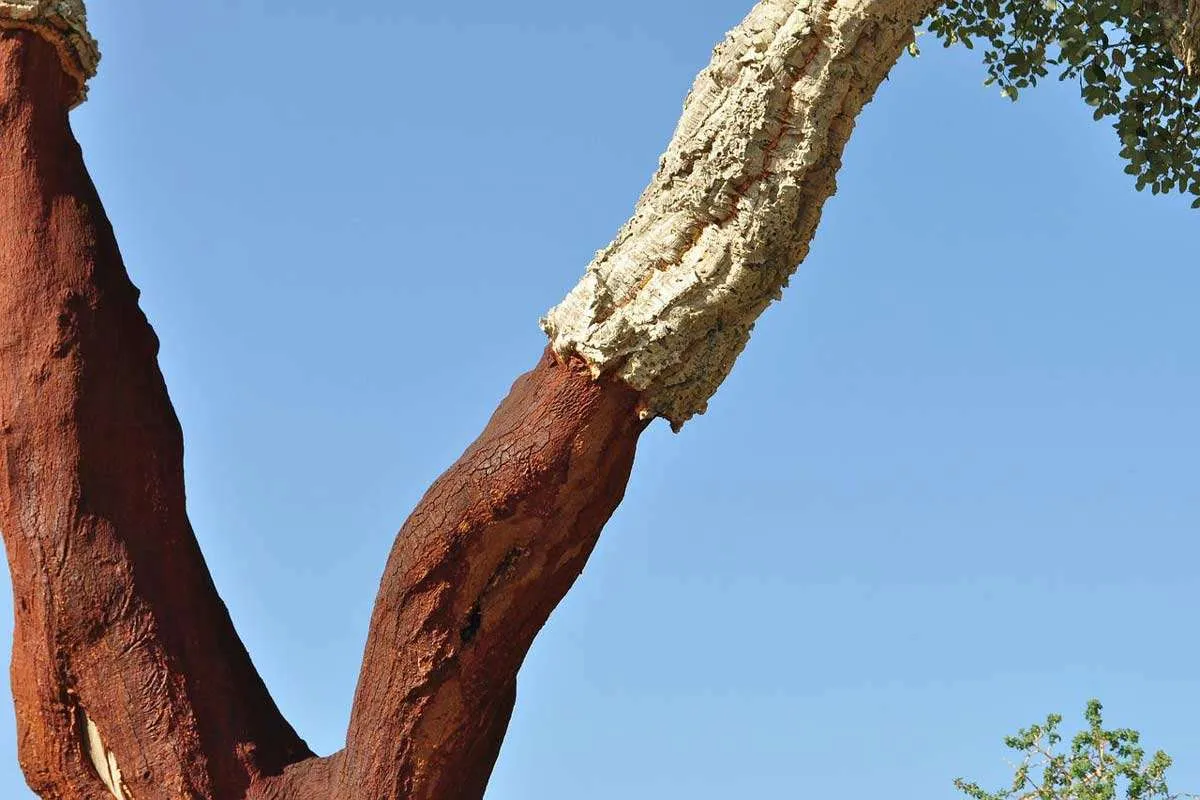
Remember when we spoke about saving your oak from extreme pressure? Well ,even extreme heat or frost can put pressure on your oak tree. Here’s how:
Excessive frost or extreme heat both provide a very unstable environment to oak trees. These trees survive best in stable environments.
Frosts as well as heatwaves, coupled with droughts, can cause oak barks to crack. This opens up the way for the tree to become more susceptible to disease.
It gives all kinds of insects the opportunity to wound the oak wood beneath the bark. Insects such as bark beetles eat away the cracked bark thereby causing wounds to the tree.
Dealing with an oak with a disease
Prevention is better than cure. You know the weather conditions in your environment better than your tree does. So if the weather in your locality is too hot or cold consider getting your tree some tree wrappings.
Then, even if your tree bark does crack, but the cracks are few and far between, the oak tree will have a good chance of surviving.
Most oaks that become infested with bark beetles do face removal. Even insecticides only help to an extent, and since bark beetles live underneath barks, it’s nearly impossible to remove them.
Bark beetles may not be a disease per se, but they are not the only worry around here either. Barks may be wounded and the wood below exposed due to other factors also.
In such cases, wound paint may be used to seal infected tree areas. Doing this will provide a covering underneath which the bark may regrow easily and fight off the disease.
4. Oak tree shedding-confusion
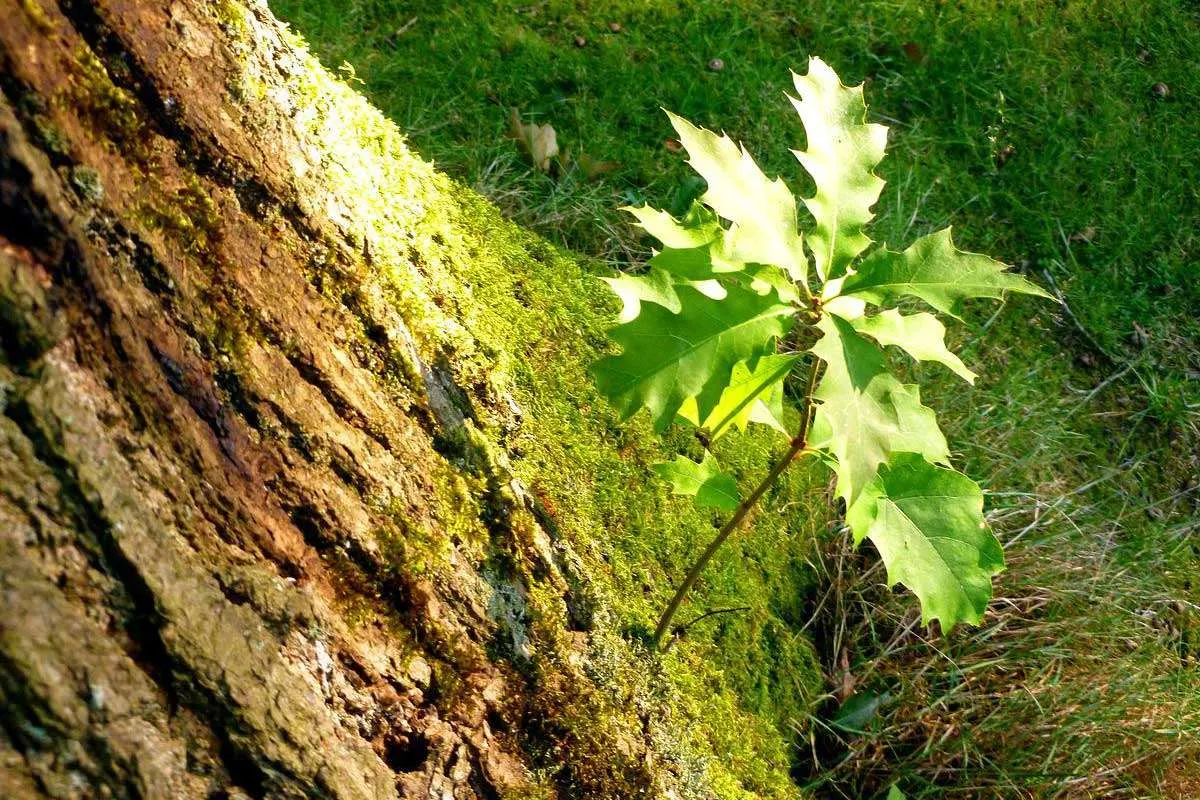
While we are repeatedly asking you to keep an eye on the bark of your oak tree, it’s imperative you try to keep it as real as possible. In other words, oak trees do face a lot of shedding also. And this affects leaves as well as the bark of the oak tree.
So if there are no other relevant symptoms accompanying the shedding bark, there are high chances that this is nothing except just a tree that is shedding bark. There is no disease present here.
It’s entirely possible that your oak tree is simply growing out. Oak trees tend to grow in an inside-out pattern. So, the bark may only be peeling to allow more room for growth.
New bark will eventually grow back. Check to see that the wood underneath the bark looks healthy and then leave your oak tree to do its growing uninterrupted!
If you find any other signs of distress on the word then it is time for you to take prompt action. General signs of health include a tree with full canopy, branches that are budding and a healthy green color of the leaves.
5. The oak tree could be dead.
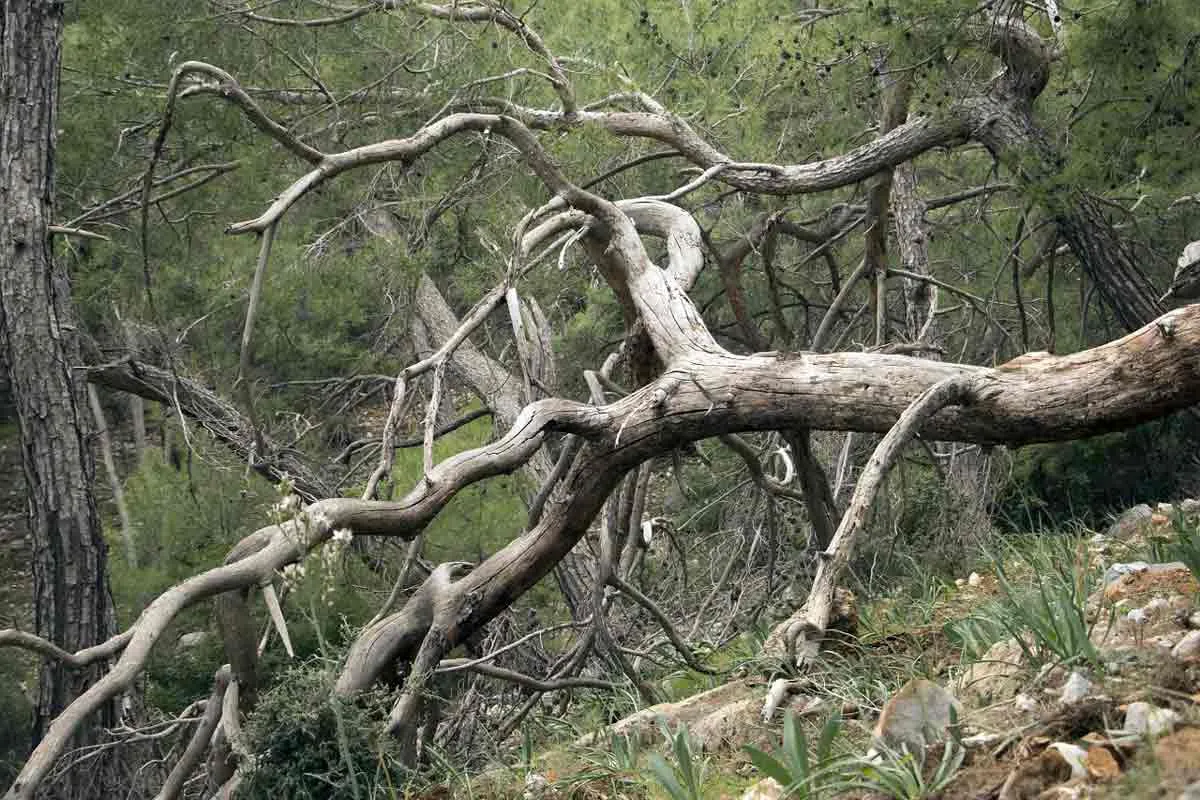
This is the worst-case scenario of course. You realize too late the peeling bark was merely an indication that your oak tree is beyond your assistance.
To ensure whether or not your tree is actually dead, check out the leaves and branches. If your tree still has green leaves, or its branches are budding, then your tree is still alive. Once you have confirmed the tree is really dead, you must remove it immediately.
Steps to take if the tree is actually dead
If it’s really dead, there is little you can do except get the tree removed immediately. It is important to make haste at this time so that the tree does not fall down on any objects nearby hence damaging your property.
You could remove the tree yourself, but it’s generally not a good idea unless you’re an expert with a chainsaw. Then again, bigger and harder trees need more effort to be towed away. You may also need help taking care of the dead roots.
While seeing your oak wilt and die is never a very great experience, oaks still have one more gift to bestow on us. Oaks may easily be used for firewood. So there is no need to waste dead oaks. You just use them for firewood!
The need to keep your Oaks healthy
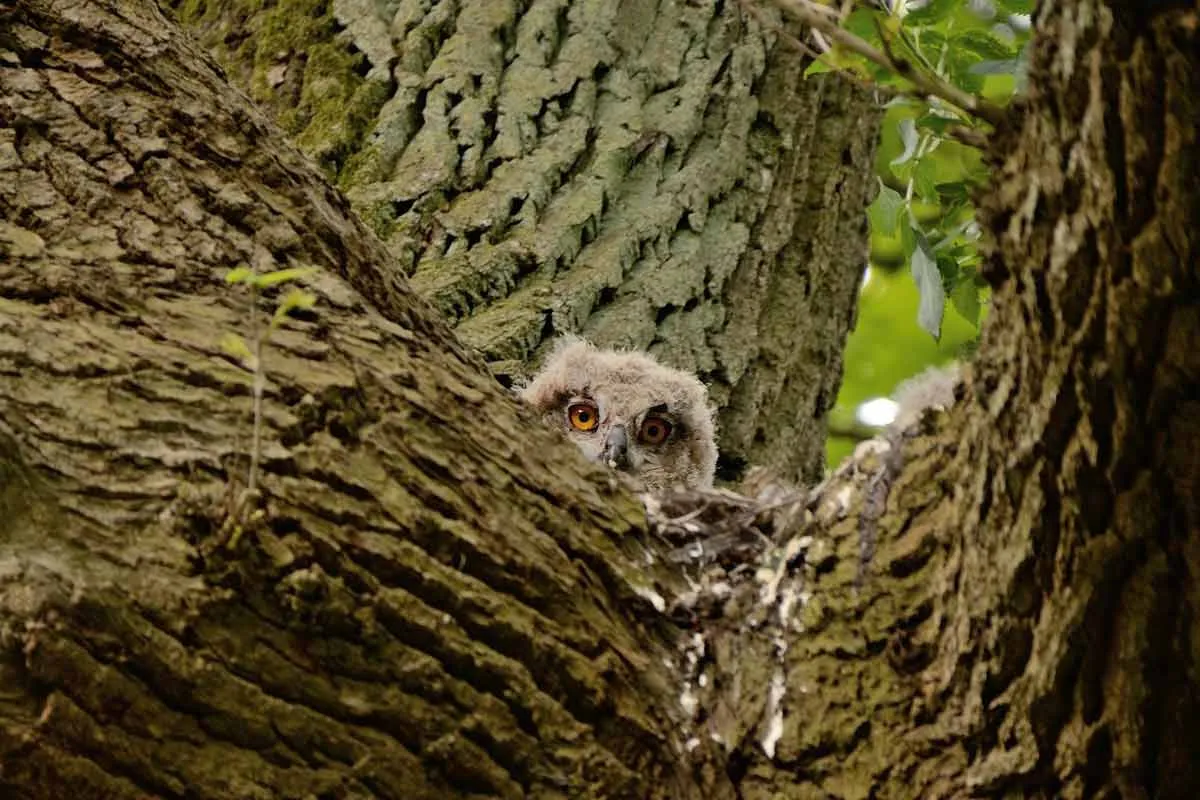
It may sound strange though… keep your oaks healthy… Look after your oaks… It is easy enough to wonder why your oak tree of all things needs taking care.
Well, all the benefits of oaks aside, there is one thing you must certainly understand. Humans are not the only creatures that can benefit from having an oak tree in the vicinity.
There are plenty of birds and other small creatures that love oaks probably a lot more than we do. For birds it is a safe haven where they can fearlessly build their nests and lay eggs.
For small creatures like squirrels, it is their source of nourishment. For many small wildlife specimens, it is home. For the bigger wildlife, it is an amazing provider of shade.
So you see, humans are not the only ones who benefit from having oaks around. That is why it is important to take care of your oaks… so that you can also help all the other wild creatures that love and need oaks around them.
Once an oak tree’s bark begins to peel, the tree starts to become unhealthy for sure. But just as importantly, the life cycles as well as all the wildlife dependent upon that oak tree start to come into trouble. That is why the health of oak branches is of utmost importance.
